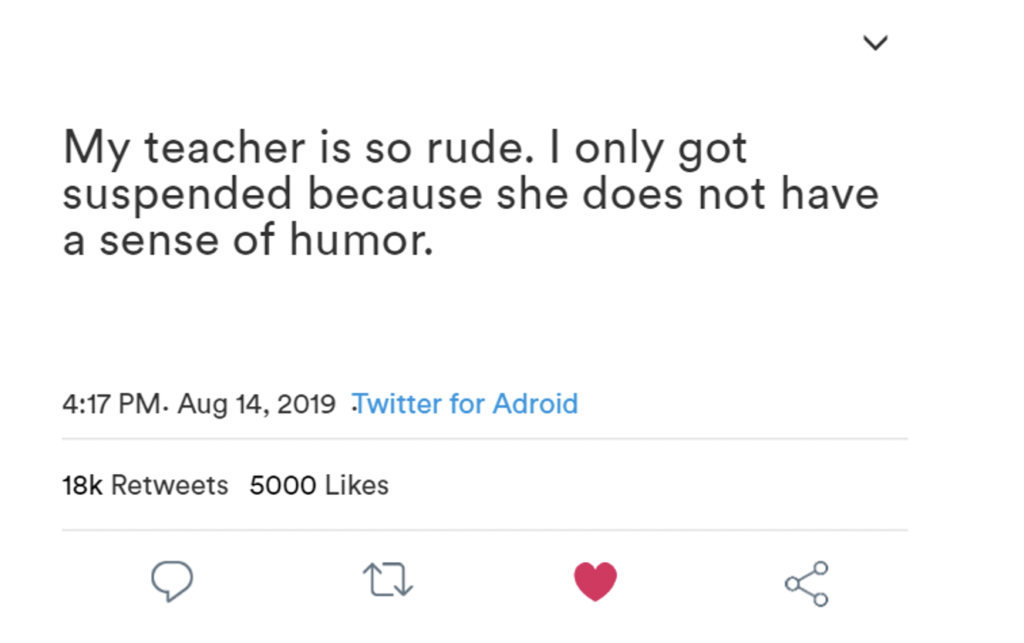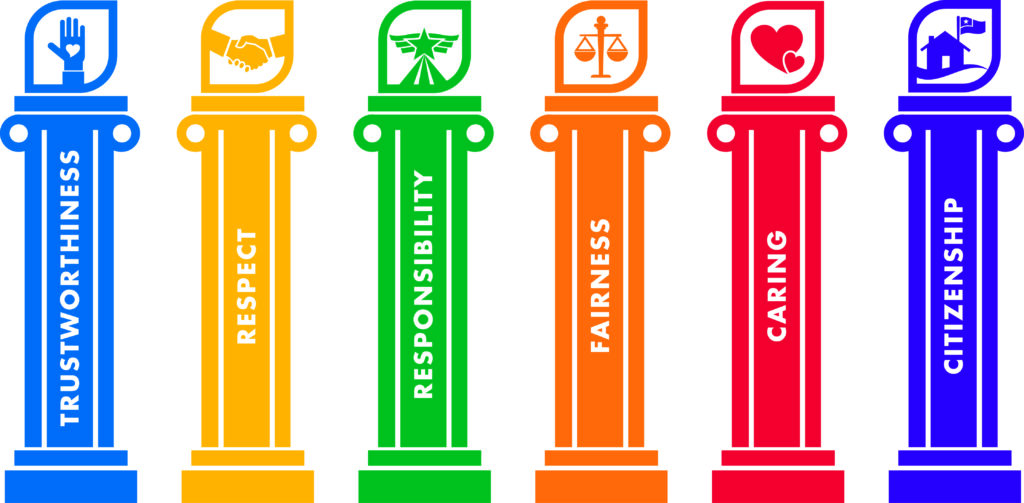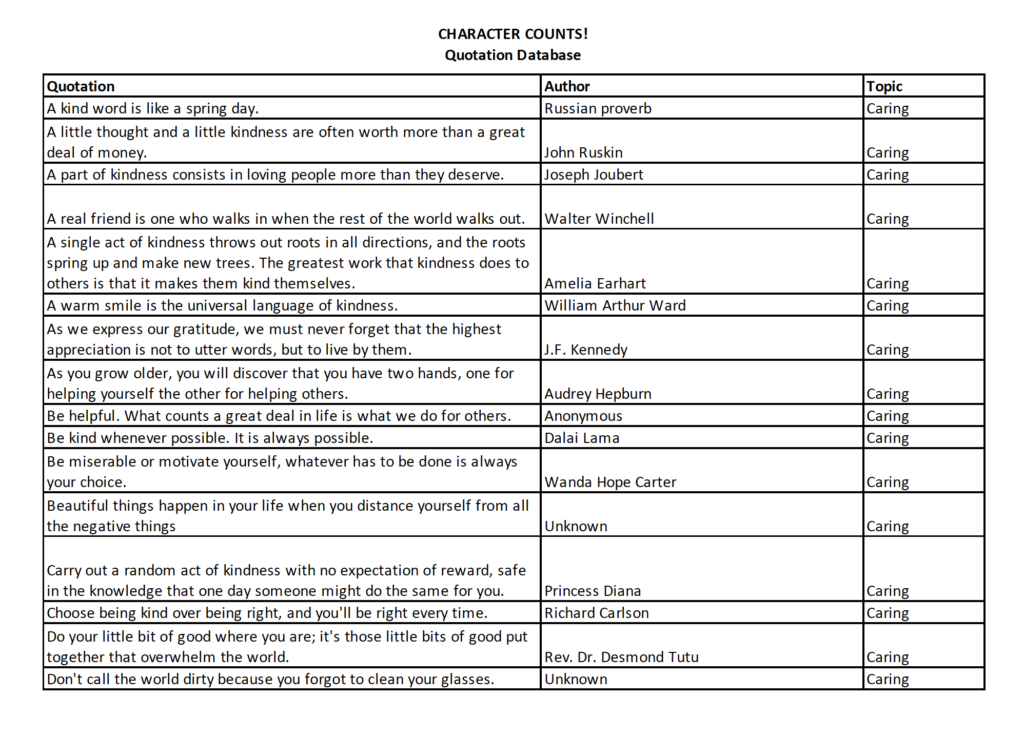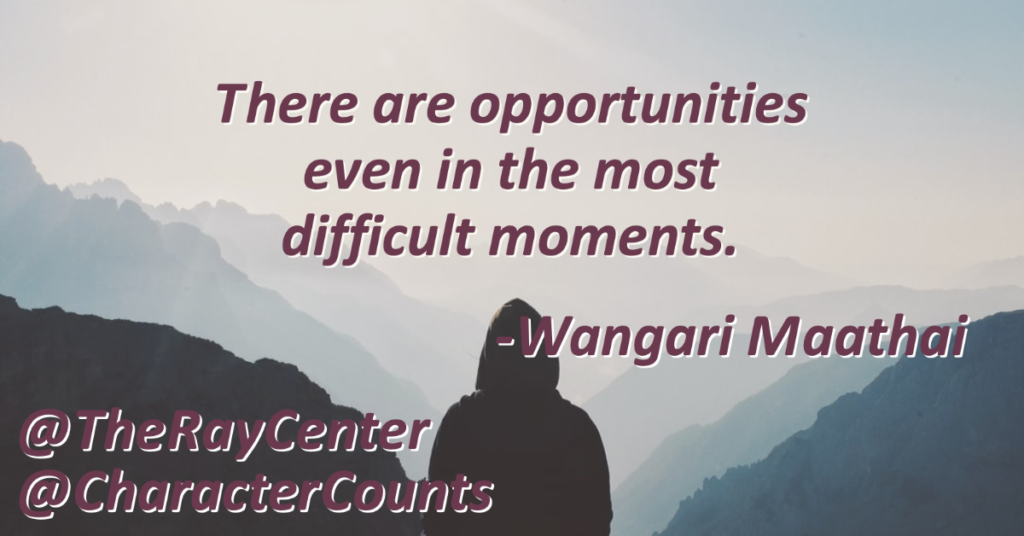Finding Common Ground (Grades K-5)

Overview: Students will explore the benefits of finding common ground with others in their community. This lesson promotes good citizenship.
Character Education Objectives:
Students will:
- experience finding common ground with others.
- discuss how collaboration and community are impacted by citizens finding things in common.
- journal about how they can connect with others in their communities.
Directions:
- Identify an area to play this game. Specify where “out” will be (to keep group together even though they are out).
- On a signal, have everyone walk around and mingle saying, “mingle, mingle, mingle”—until the leader shouts a number.
- When the number is announced, everyone must get into a group of people of that number. For example, if the leader says “3” then students should be getting in groups of 3.
- Anyone not in a group is “out”. All members of any group having more or less than the specified number are “out”.
- After playing one round, the leader will call out a new number and add the following characteristics as the number is called:
- People:
- of the same age
- in the same grade
- who live in the same city
- with the same shoe size
- with the same eye color
- who love to eat the same food
- who like the same kind of ice cream
- People:
- Keep playing until you get down to one or two people and then discuss.
Discussion Prompts:
- Ask students:
- Was harder to find a group after you started grouping by things in addition to than numbers.
- Did you learn things you have in common?
- Did you feel more like you belonged when you learned about what you have in common with other students?
- How did it feel when you couldn’t find something in common and were out of the game?
- Do you think it is possible to have nothing in common with someone?
- When working in a group, is it easier when you have something in common?
Journal:
- Encourage students to journal about how they can find common ground with others. Ask students to think how they can find things in common with others in their school, home, teams, clubs, neighborhoods, etc. Ask students to think about questions they could ask if they are having a hard time finding something in common.
Citizenship is one of the Six Pillars of Character. Click here to learn about the Six Pillars of Character.





